Twitter was on fire on Sunday afternoon and evening with complaints about the “wokeness” of just about every aspect of the Super Bowl — the NFL pregame show, the commercials, and the game itself.
As with just about every other effort by the NFL, the players, and the sponsors, all the steps at a left-ward tilt to bend a knee to the dominant media culture and shrieks of despair coming from the socialist/progressive left — including supplication to “Black Lives Matter” — have hit the NFL and the owners right in their wallets.
Let’s first do just a bit of exposition on “what” the NFL is. I’m always amused by the complaints that arise from time-to-time about the NFL not paying taxes while it manages to pay its Commissioner, Roger Goodell, over $200 million since he was named in 2006. The NFL is an “association” — a collective that runs a league where 30 32 (I’m old) separate and independent businesses compete in sporting contests. It is owned jointly by the owners of those 30 32 businesses. The positive revenue generated from various sources connected to the staging of those contests is distributed to those owners after operating costs are paid. The owners/businesses/teams pay taxes on that allocated revenue, while the “League” as an association runs on a “break-even” basis.
The owners/teams have individual revenue streams connected to the staging of games in their cities — tickets, parking, concessions, merchandise primarily — a significant portion of their income comes from the distribution of funds by the League that it receives in the form of broadcast rights fees by networks to televise the games, and sponsorships paid by corporations to associate their names/products with the games. The Super Bowl is the biggest event of the year concerning broadcast rights fees and corporate sponsorships. When there are fewer eyes on televisions watching the game, the value of those fees and sponsorships declines — and that means less revenue to the owners.
The television ratings for Sunday’s Super Bowl show that it was watched by only 96.4 million viewers — broadcast and streaming — the lowest watched game since 2007, which had only 93 million viewers. That game matched two teams from the same region of the country — Indianapolis v. Chicago — impacting the “rooting” interest for fans of teams on either coast. The low ratings on Sunday were partly because the game didn’t materialize as a close contest as many expected. Tampa Bay took the game in hand in the second quarter, while Patrick Mahomes was hampered by an injury that impacted his effectiveness.
In 2015, the game between Seattle and New England had an all-time high of 114 million viewers. Last year’s Super Bowl had 102 million viewers.
On August 26, 2016, Colin Kaepernick sat on the bench rather than stand while the National Anthem was played before the game during the 49ers’ third preseason game. When asked later by a reporter about it, Kaepernick said:
“I am not going to stand up to show pride in a flag for a country that oppresses black people and people of color,” Kaepernick told NFL Media in an exclusive interview after the game. “To me, this is bigger than football and it would be selfish on my part to look the other way. There are bodies in the street and people getting paid leave and getting away with murder.”
I’m just saying…
Starting with the Feb. 2017 Super Bowl, here are the numbers of total average viewers over the course of each game:
2017: 111.3 million
2018: 103.5 million
2019: 98.5 million
2020: 101.3 million
2021: 96.4 million
You have to go back to 2006-2009 to find four consecutive years of Super Bowl viewership under 100 million viewers.
If anything, with COVID forcing people to stay closer to home in 2020-21, there would have been a reasonable expectation that television viewership would have increased during the 2020 season and Super Bowl. But President Trump famously feuded with the NFL and players about players protesting going back to 2018, as well as about the actions of the NFL and players in the summer of 2020 responding to the nationwide violence instigated by groups such as Antifa and BLM.
Do not let anyone tell you that the impact on NFL ratings will not play itself out in “dollars and cents.” In August, the Wall Street Journal reported that networks that televised NFL games were negotiating changes in advertising rates in response to a decline in viewership:
TV networks are feeling the strains of disappointing NFL ratings, as they are forced to restructure deals with advertisers to make up for the smaller audience, and their opportunity to make money off remaining games during the lucrative holiday season narrows.
Some networks also have considered letting advertisers pay less for commercials during NFL games and other programming than they originally pledged.
Meanwhile, a large amount of the remaining commercial time available in games is being given to marketers as compensation for the underperformance so far, leaving little ad time that can be sold in the final quarter of the season. Such so-called make-good commercials are given if a network underdelivers on the audience it promised an advertiser.
“Even as surefire as the NFL has been—and the last couple years, NFL ratings stood up much better than network prime-time ratings—we are now in a situation where the NFL is declining,” said Gibbs Haljun, investment lead at WPP PLC ad-buying firm Mindshare.
Some reporting has tried to lay the ratings decline at the feet of the COVID pandemic, but the truth of the matter is that the NFL ratings have been in decline since Kaepernick made his views known, and NFL players decided to back his play.
NFL owners are all ultra-wealthy billionaires (except Green Bay, which is community-owned). They were willing to incur the financial hit with ticket sales and viewership in the 2017 and 2018 seasons when Kapernick’s protest bloomed league-wide. But player contracts are funded with revenues from rights fees and sponsorship money that flows from the NFL to the teams. Player salaries have spiraled upward in relationship to league revenues from broadcast rights fees paid by the networks to televise the games. If this problem persists and those rights fees begin to go the opposite direction than they have gone for the past four decades, the players will see this begin to show up in owners’ spending on player contracts. The owners didn’t get be billionaires by engaging in money-losing business investments on an indefinite basis.
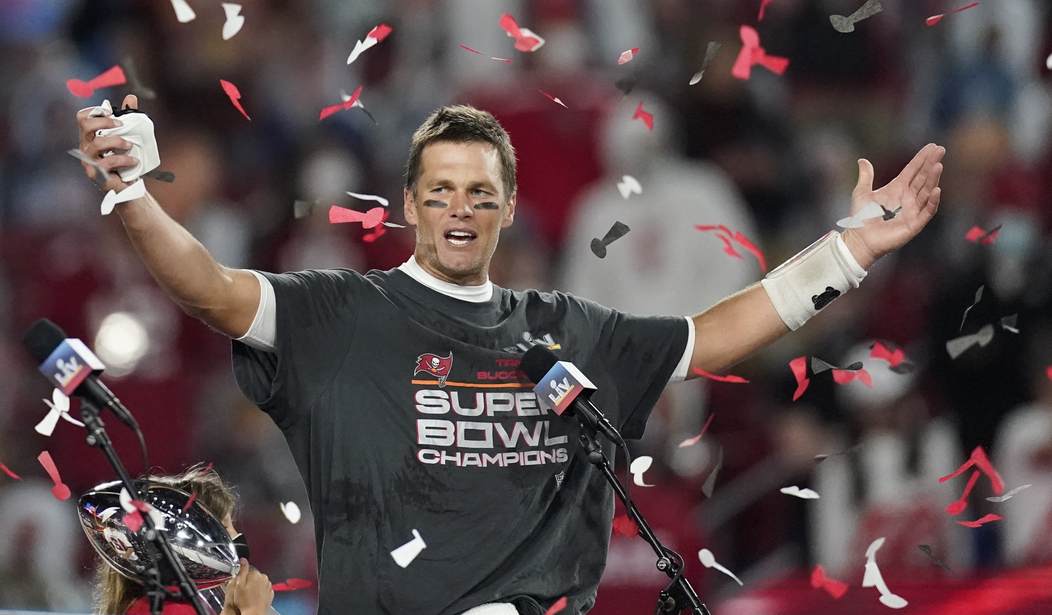

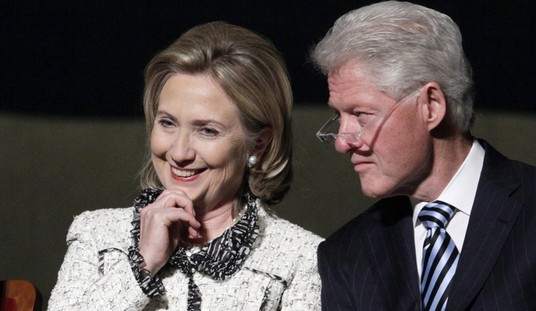
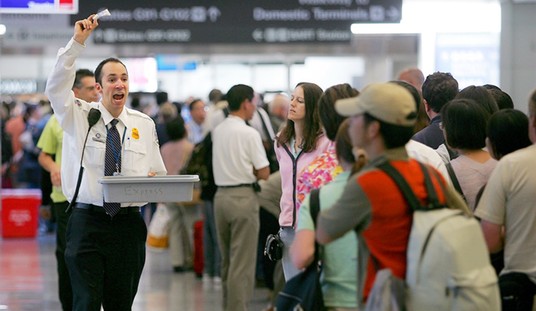

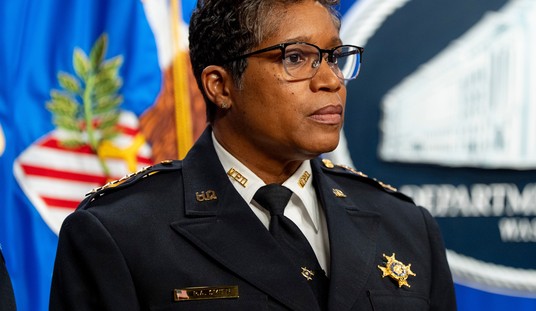
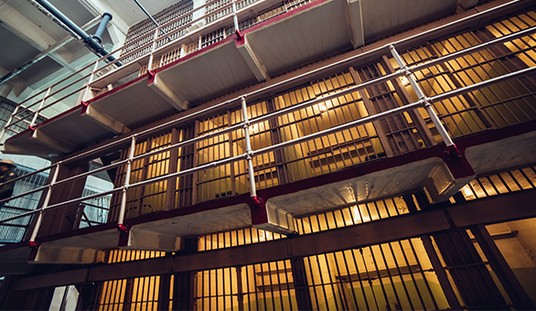
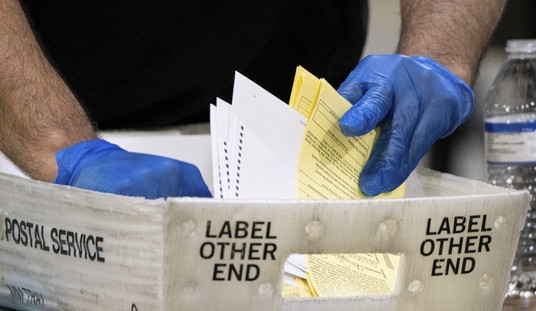





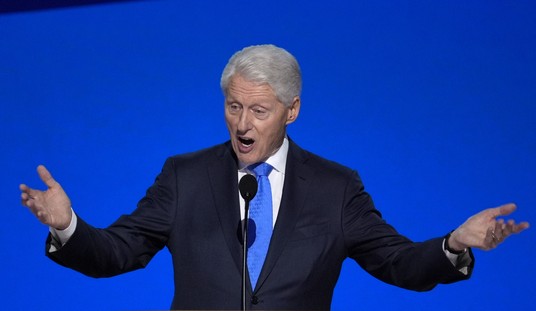

Join the conversation as a VIP Member